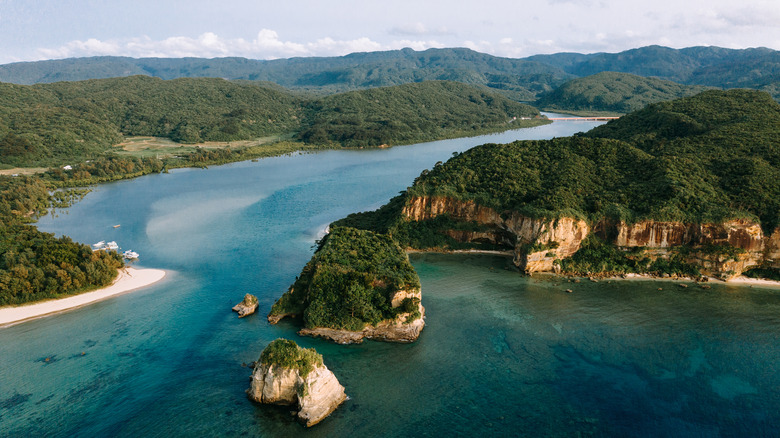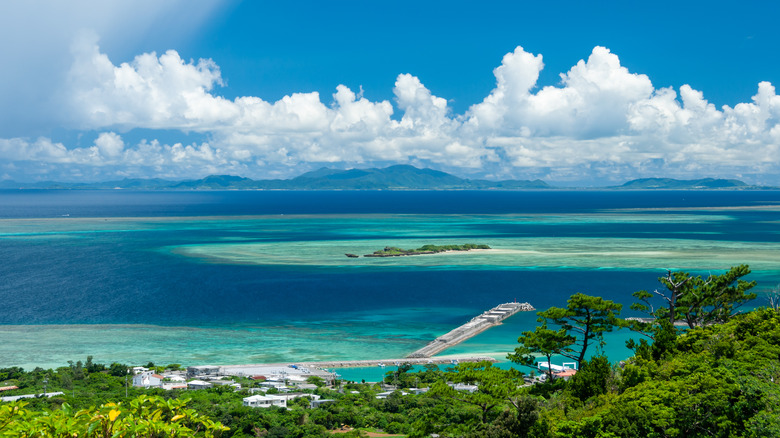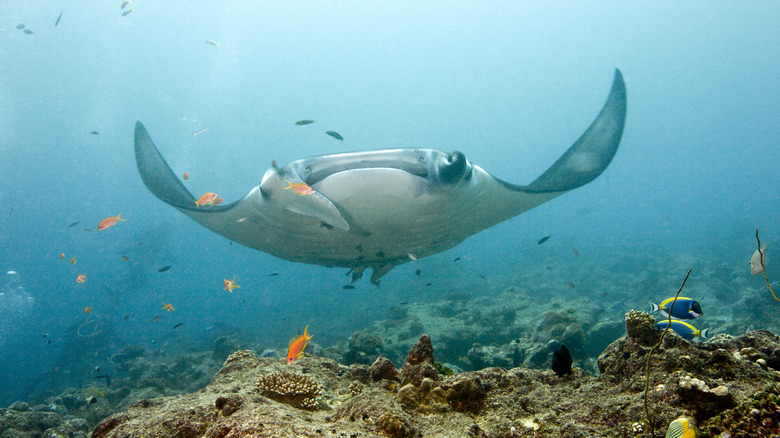Japan stretches across an archipelago of immense beauty, a mosaic of diverse landscapes shaped by volcanos and Mother Nature’s incredible hand. Beyond the four major islands of the country – Honshu, Hokkaido, Kyushu, and Shiko – there lies over 14,000 breathtaking Japanese islands, thousands of them only recently found and mapped! These range from the northern peaks covered in snow, where volcanic giants like Mount Fuji jut up into the sky, to the southern regions kissed by tropical breezes. With about 80% of its terrain rugged and mountainous, Japan thrums with geological energy, one of the planet’s most restless areas in terms of eruptions and movement. Its smaller islands, often reachable only by boat or plane, whisper promises of rustic solitude or sun-soaked beach escapes.
Enter Iriomote Island, a subtropical jewel in the Yaeyama chain, often hailed as the “Amazon of the East.” As Okinawa Prefecture’s second-largest island, it stands apart for its raw, unspoiled wilderness, a UNESCO Natural World Heritage treasure. Its dense jungles and rare wildlife call to those craving nature’s uncultivated areas.
Sitting closer to Taiwan than Japan’s mainland, it’s a 40-minute ferry ride from Ishigaki Island where you will find the closest airport: Painushima Ishigaki Airport. Flights from Tokyo take about 3.5 hours, from Osaka just two, and from Okinawa you can expect an hour in the sky. Visit between September and November for a balmy, beach filled experience, perfect for scuba diving or other water based experiences. Alternatively, visit from December through March when cooler temperatures invite exploration on foot and great opportunities to get off the beaten path in Japan and catch a glimpse of the unique wildlife here.
Iriomote Ishigaki National Park: a subtropical sanctuary
Beyond the park: fireflies, beaches, and celestial wonders
Iriomote’s enchantment makes itself known beyond the park as well, painting the island with wonders that stir even the toughest of souls. From late February to April, Yaeyama fireflies set the jungle on fire after sunset, with their golden flicks of light creating a delightful natural light show for spectators in this small corner of the world. Guided tours for this spectacle can help visitors find the perfect spot for the tiny light dancing show. During the day, beaches such as Hoshizuna-no-hama sparkle with star-shaped sands made from the tiny husks of ancient sea creatures washed ashore. Framed by the myriad aquamarine shades of the ocean, it might not get better than this.
In the north sector of the island, Pinaisara Falls thunders down 180 feet, Okinawa’s tallest cascade, its mist a cool careers for hikers brave enough to witness the roar. Nearby, Mariyudu Falls spills in gentle tiers along the Urauchi River, a serene counterpoint. Swim in secluded beaches, trek the paths less traveled, or cast a line where the river meets the sea. The island offers many delights, quiet and pure. At night, the islands status as an International Dark Sky Park unveils a heavenscape of dazzling clarity: Constellations blaze, planets wink, and the Milky Way ribbons itself across a velvety black sky. Stargazing tours through qualified guides offer a chance to learn more about the night sky above this remote and under-the-radar Japanese destination.




